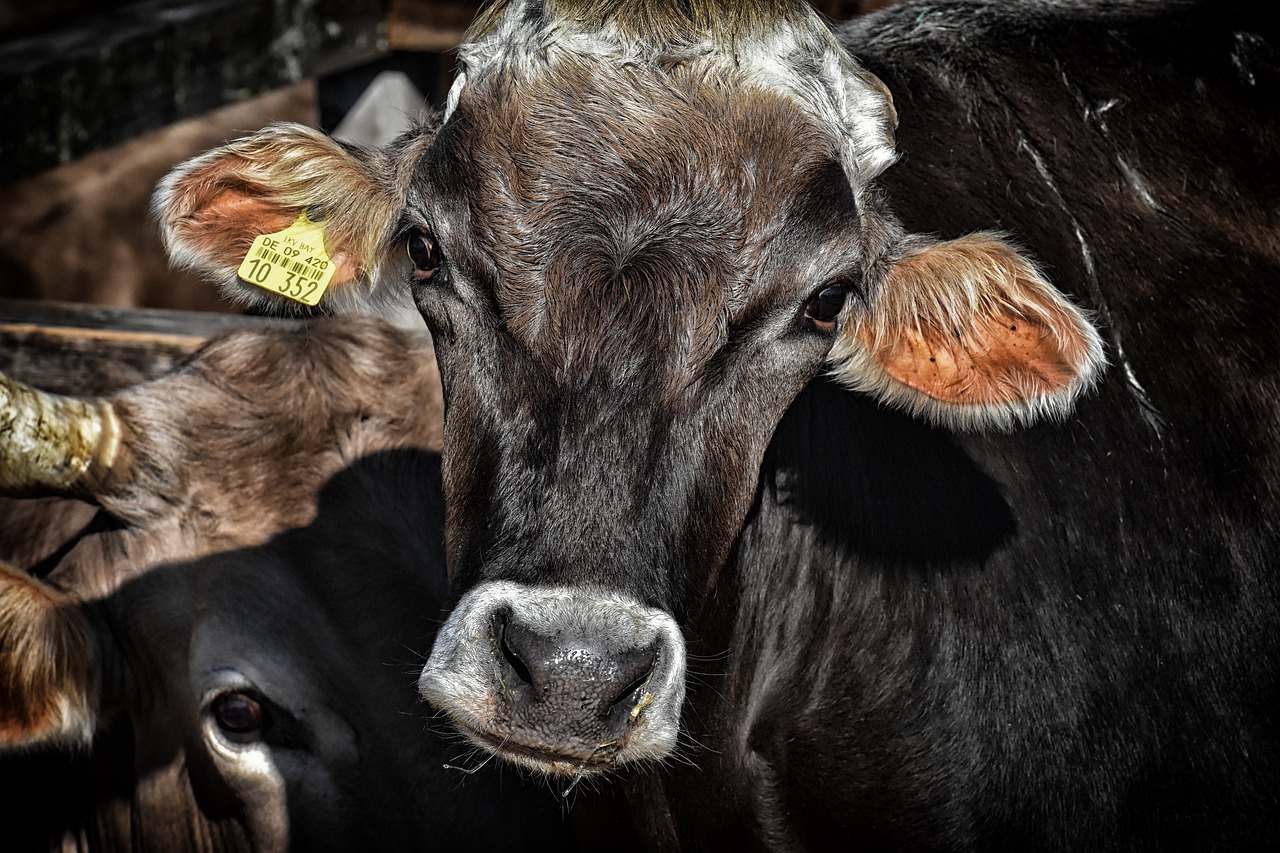Welcome to another insightful blog post at Commodity Trader. Today, we delve into the world of livestock commodity trading, a sector that plays a pivotal role in the global agricultural market. Livestock commodities, including cattle, swine, and poultry, are not just essential for food production but also represent a significant portion of the world’s trade in agricultural commodities. Let’s explore some key facts and figures to understand this market better.
The Global Livestock Market: An Overview
The livestock market encompasses the trading of animals primarily raised for consumption, such as beef, pork, and poultry. This market also includes by-products like dairy and eggs. As of recent estimates, the global livestock market is valued at hundreds of billions of dollars, underscoring its importance in global trade and economy.
Key Players in the Livestock Trade
The United States, Brazil, and the European Union are among the top producers and exporters of livestock commodities. For instance, the U.S. and Brazil are leading exporters of beef, while the EU is a major player in the dairy sector. China, being the world’s largest pork consumer, plays a significant role in shaping the pork market.
Market Dynamics
Demand and Supply Fluctuations:
- The livestock market is heavily influenced by global demand, dietary trends, and population growth.
- Supply can be impacted by factors such as animal diseases (like African Swine Fever), which have significantly affected pork production in Asia.
Price Volatility:
- Livestock commodities experience price volatility, affected by feed costs, weather conditions, and trade policies.
- The U.S.-China trade war, for instance, had a substantial impact on soybean prices, which in turn affected the cost of animal feed and livestock prices.
Technological Advancements:
- Technology plays a key role in the livestock market, from genetic improvements in breeding to advancements in farming practices and logistics.
Environmental and Ethical Considerations
The livestock sector faces scrutiny regarding environmental and ethical issues. Greenhouse gas emissions, land use, and water consumption are significant environmental concerns. Ethical considerations like animal welfare and sustainable farming practices are increasingly influencing consumer choices and market trends.
Trade Figures and Statistics
- Beef Trade: The global trade in beef and veal has been steadily increasing, with countries like Brazil and Australia leading exports.
- Pork Trade: Despite challenges like African Swine Fever, global pork trade remains robust, driven by demand in countries like China and Japan.
- Poultry Trade: Poultry is one of the most traded meat types due to its affordability and widespread acceptance across cultures.
Future Trends
Looking ahead, the livestock market is poised for transformation. Trends to watch include:
- Shift to Sustainable Practices: The adoption of sustainable and ethical farming practices will likely grow.
- Alternative Proteins: The rise of plant-based and lab-grown meats could reshape the market dynamics.
- Increased Regulation: The sector might see more stringent regulations focusing on environmental impact and animal welfare.
Conclusion
The livestock commodity trade market is a complex and dynamic sector with far-reaching impacts. As global populations grow and dietary patterns evolve, understanding the intricacies of this market becomes crucial for traders and investors. At CommodityTrader.com, we provide the insights and analysis you need to navigate these changes and identify opportunities in the livestock commodity market. Stay tuned for more updates and in-depth analysis of various commodity markets.


Leave a Reply